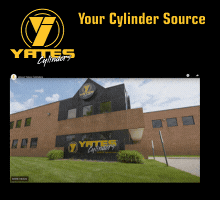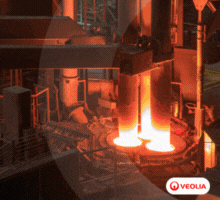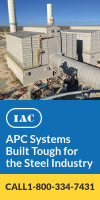SMA Claims Major Decarbonization Advantage for EAF Steelmakers
07/26/2022 - U.S. electric arc furnace (EAF) steels have a carbon emissions intensity that is approximately 75% lower than steel made via the traditional blast furnace route used by many overseas producers, a new study concludes.
According to the study, which was commissioned by the Steel Manufacturers Association (SMA) and conducted by commodities intelligence firm CRU Group, the average Scope 1 and Scope 2 greenhouse gas emissions intensity at the crude and hot-rolled steelmaking phases is 75% lower for EAF steelmakers compared with global blast furnace steelmakers.
“Something that can't be measured can't be managed, and our new study conclusively measures and validates how using recycled scrap-based EAF technology is the most sustainable means of producing steel today,” said SMA president Philip Bell.
“Using an established, proven steelmaking process, EAF producers are making steel at far lower carbon intensity levels than traditional steelmakers around the globe. There is a lot of inaccurate and misleading information about steelmaking, and we believe this independent study will help further our efforts to achieve a low-carbon future," he added.
Blast furnace steel, which represents about 70% of global steel manufacturing, is produced at large steel plants that use coal to melt raw materials into iron and then process it into steel. In the U.S., blast furnace operators have been moving away from coal as a fuel source, employing other cleaner-burning fuels and production processes that have reduced emissions intensity.



.jpg?lang=en-US&ext=.jpg)
-(1).gif?width=220&height=200&mediaprotectionhash=8011a71ede637cd523c67b1296fc49e6151560fde821a46f29cc85998cc76615&ext=.gif)



